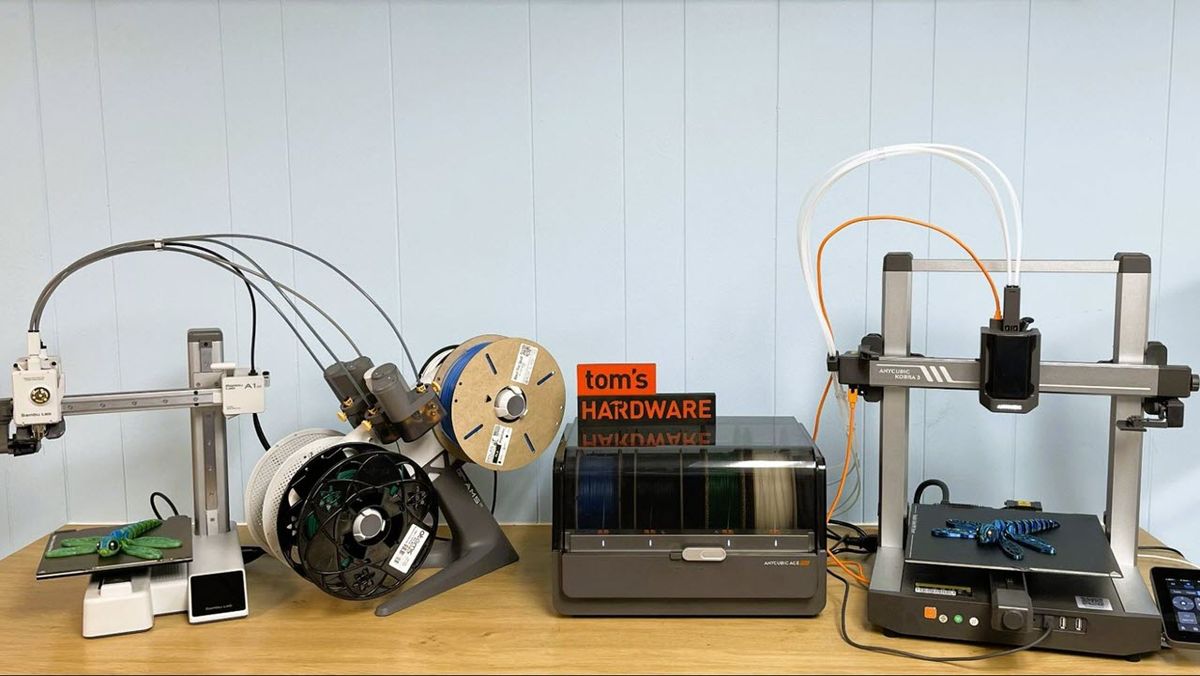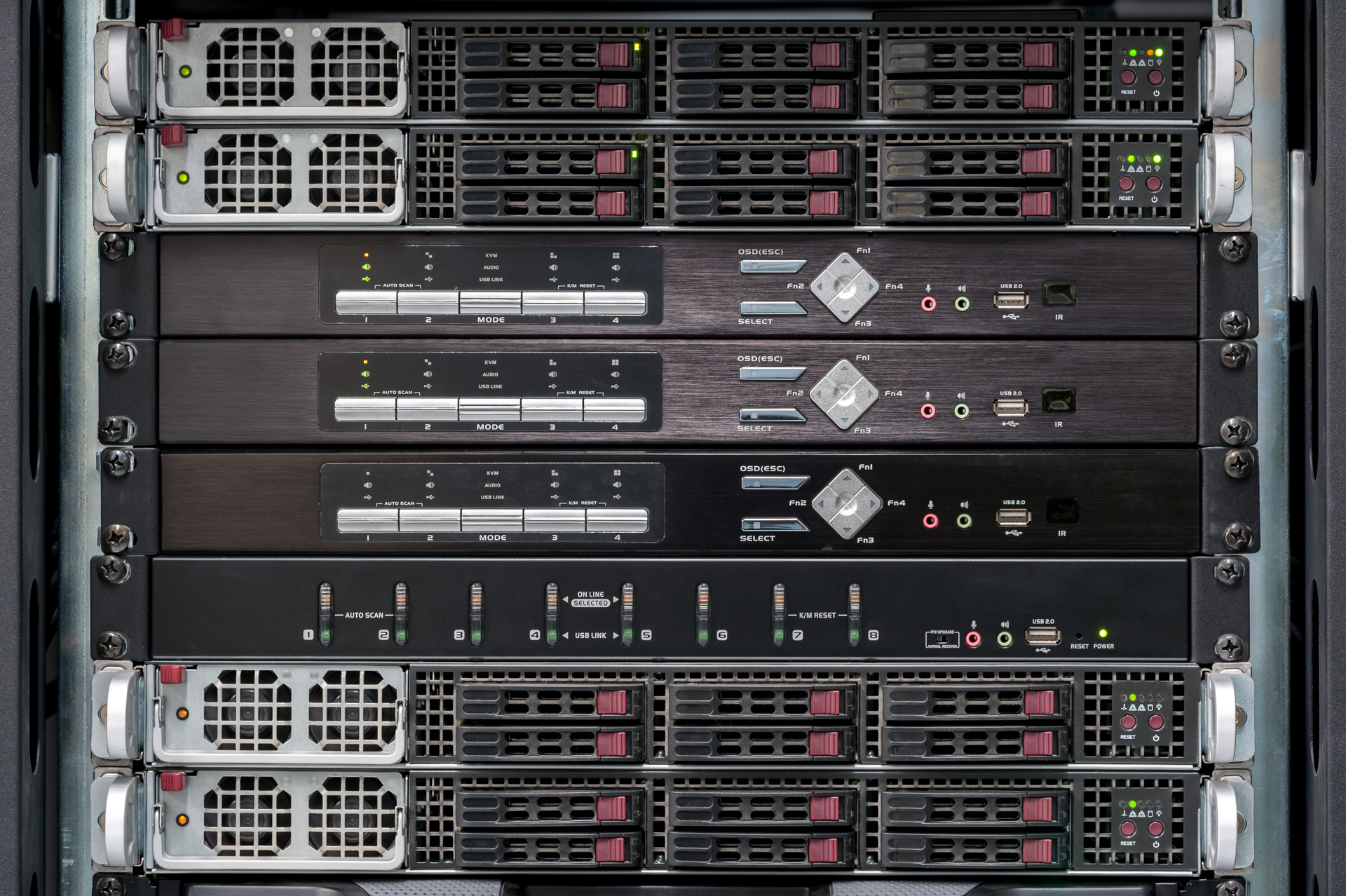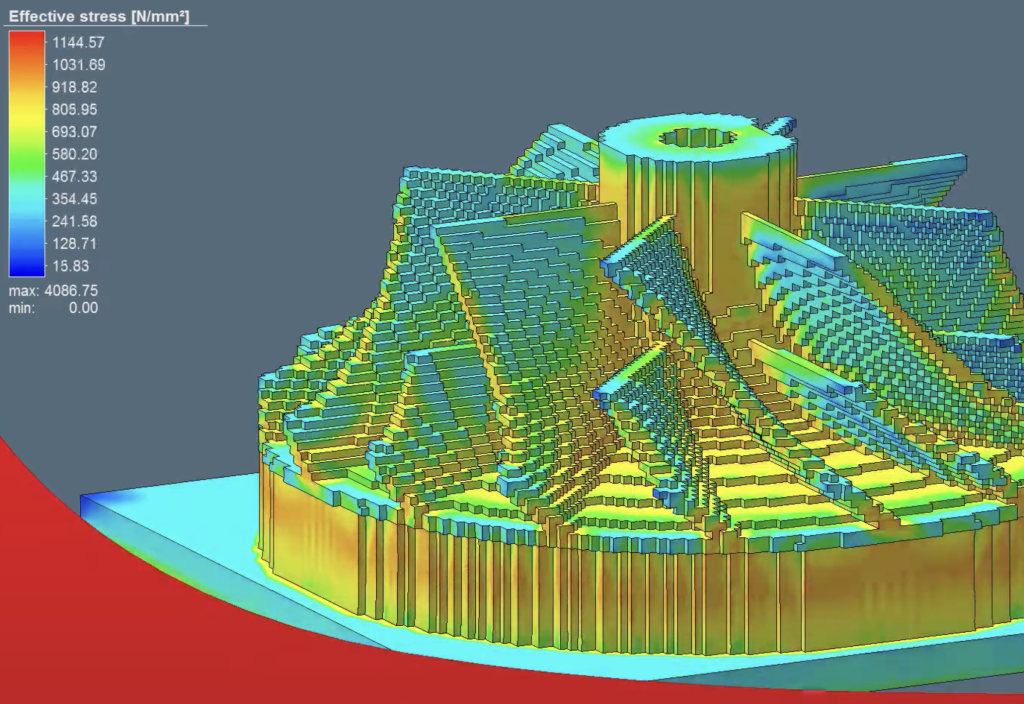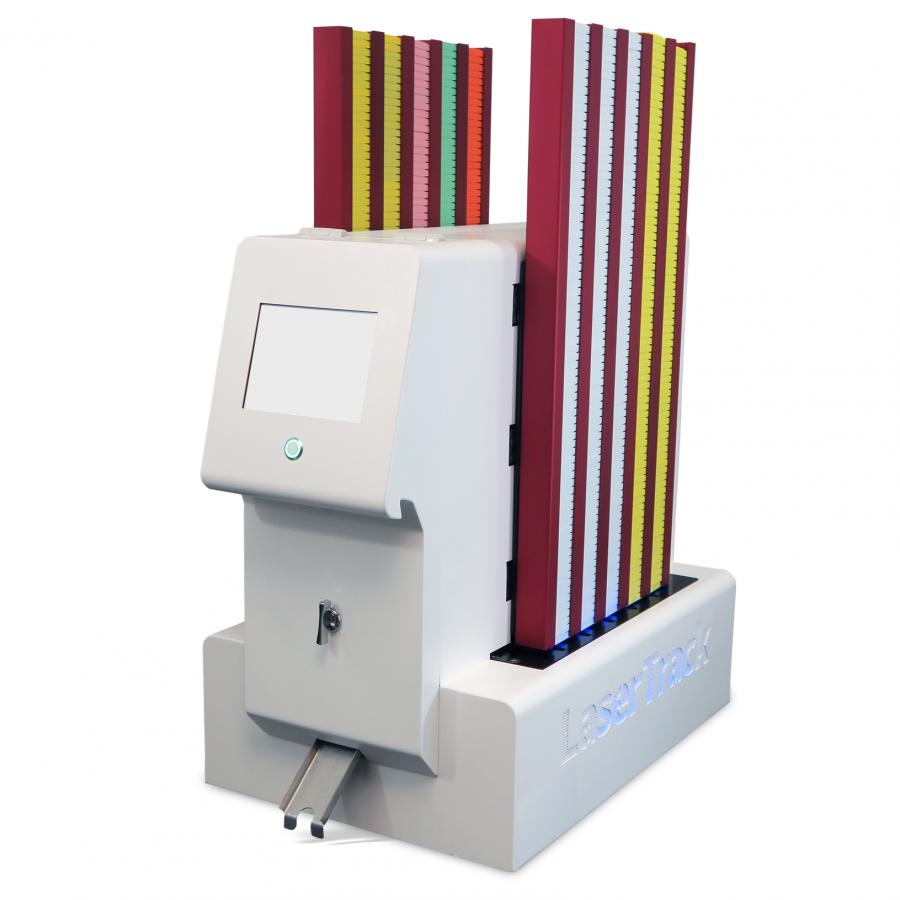3D Printing Innovations Leading the Way in 2023: Healthcare, Construction and Armed Forces
Other transformative technologies promise to change our lives as well. Artificial intelligence (AI), such as ChatGPT, will dominate headlines by 2023.
Don’t Miss: The Robotic Printer for Houses is Shaking Up an Industry Worth $7.28 Trillion
One of the most impactful innovations is 3D printers, machines that use computers — and can leverage AI — to build three-dimensional objects by layering together different materials.
According to a report from MarketsandMarkets™, the 3D printing market should grow to $34.5 billion by 2028, up from an estimated $15 billion in 2023. The technology will have an impact on every industry that relies on physical objects. Four of the most promising areas are medical implants, constructions, building, and production of old parts.
Improve Construction Speed
3D printing can be used for more than just small objects or trinkets. Some firms such as Apis Cor use the technology to build homes, and they’re making big money to do it.
The company uses 3D-printed robots to pour concrete walls. With this technology a construction company can build a single-family home’s walls in about five working days, which compares to the five to eight weeks usually required for the project. It can reduce the construction cycle by up to several months. This will allow firms to be more efficient and meet their deadlines. Apis Cor’s 3D printing capability helps construction firms increase output and manage skilled labor shortages that might otherwise slow production.
Apis Cor has a current crowdfunding on StartEngine. Anyone can invest in a limited period of time.
Designers have a new tool in 3D printing that allows them to create unique wall and home features using different shapes and textures. They can also experiment with blending different materials that can reduce a home’s carbon footprint and waste.
Customized Prosthetics
3D printers will make prosthetics more accessible to millions by removing barriers of cost. A 3D printer can create a custom prosthetic arm, leg or hand at a fraction the cost. They’re portable machines, can produce on-site prosthetics and offer low maintenance costs. These machines can create new prosthetic styles by providing athletes with custom-made pieces that meet their specific needs.
3D printing and AI also enable advanced prosthetics, such as synthetic skin that simulates touch and new, lighter materials for future devices.
Stay up to date with the latest startup news, investments and developments. sign up for Benzinga’s Startup Investing & Equity Crowdfunding Newsletter
Save lives in surgery
The medical field has many applications for 3D printing. One is through custom 3D-printed surgical guides and instruments built for specific patients or to fit a surgeon’s hands. Doctors can use 3D-printed scans of their patients to create models of organs or other body parts so that they can practice surgery before actually working on the patient.
Medical professionals can now create surgical implants using 3D printers that are customized to the patient’s unique anatomy. This results in a greater success rate and a reduced risk of complications. In the next few years, more hospitals are going to be creating implants on-site using materials that fit the needs of the patients, whether it’s for a broken limb or hip replacement.
Don’t Miss: Qnetic Unveils Revolutionary Flywheel Energy Storage to Accelerate Renewable Energy Adoption
Keep Things On The Road Or In the Sky
The use of 3D printing prevents machinery and vehicles from falling into disrepair due to parts obsolescence. 3D printing is increasingly used by classic car enthusiasts to make custom-fitted parts for their 1967 Chevrolet Camaro or 1971 Ford Thunderbird. Car manufacturers are increasingly using 3D printing for testing, creating parts for concept vehicles and expanding production capacity.
The U.S. Armed Forces also use 3D printing in order to maintain equipment and vehicles, create parts on demand and build new weapons and crafts such as autonomous vehicles.
Find out more about Startup investing Benzinga is a great source of information.
Join Benzinga Pro today for free to receive real-time updates on your stocks! Invest smarter and faster with this tool.
This article originally appeared on Benzinga.com.
.
© 2023 Benzinga.com. Benzinga does not provide investment advice. All rights reserved.







